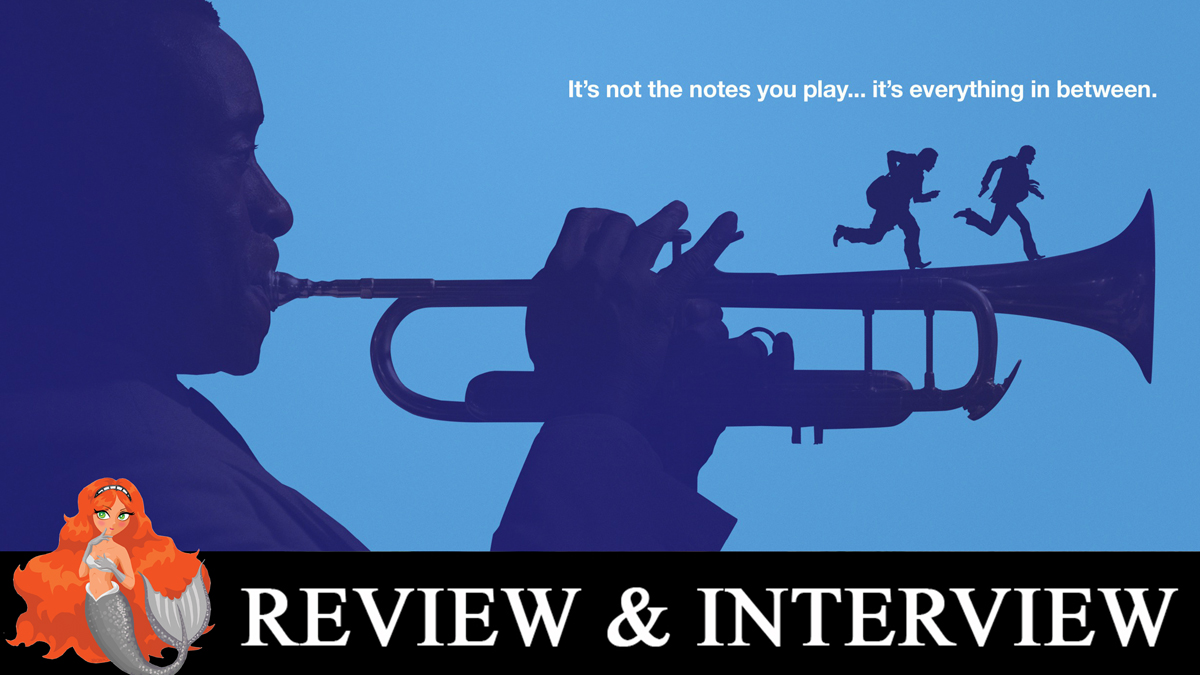
As a critic who seeks to amplify female filmmakers, especially intersectional ones when they get a chance in the too often pale and male world of Hollywood, I was excited to see director and co-writer Nia DaCosta’s fresh take on a beloved classic. It is only DaCosta’s second outing as feature director. Candyman, a film whose release date was repeatedly postponed due to COVID, is finally coming to theaters, but now stands against the looming presence of the Delta variant. Producer and co-writer Jordan Peele and DaCosta brought together a strong cast and a gender-balanced crew in which the film editor (Catrin Hedström), production designer (Cara Brewer) and costume designer (Lizzie Cook) are women. I am both appreciative and disappointed in the results.
Before I delve into my own opinions about Candyman, let me remind readers that it is absolutely essential to read a wide variety of reviews by Black film critics, and that their perspectives, by the nature of this film, should be given priority over mine. They can be found on Rotten Tomatoes, so seek them out. They are neither uniformly positive or negative, but run the gamut from deep hate to enduring love. This is a film by Black artists about Black artists. That being said, I’ve owned an art gallery for almost 30 years, have loved horror films since I was 7, and my focus as a film journalist is on female filmmakers, so bear that in mind as you read on.
In Candyman, emerging artist Anthony McCoy seeks out new inspiration while in the midst of painter’s block. He finds it in the urban myth of Candyman, as told by the brother of his girlfriend Brianna Cartwright (Teyonah Parris). Brother Troy (Nathan Stewart-Jarrett) tells the tale while they’re all ensconced in Brianna’s beautiful new apartment, built on the grounds of Cabrini-Green, the infamous Chicago projects torn down in the process of gentrification. McCoy starts creating paintings and three dimensional pieces of various versions of Candyman, with themes of devolution, focusing on mirrored reflection and bloody portraits of both Candyman himself and his victims. McCoy’s obsession leads him on an increasingly dangerous and self-destructive path, while Brianna tries in vain to pull him back to relative safety. A lot of bees and bloody deaths via an invisible supernatural murderer ensue.
I would have preferred to have a film in which the messages are either all delivered through subtext or are all laid out, raw and exposed, for the viewer to see. This mix of both feels like it wants to be squarely centered on Blackness and speaking to and for Black viewers, while also willingly pandering to white viewers by being literal, or speaking instead of showing. Candyman works most when the messages are in the action, in the gore, and shown in the subtleties of actors’ Parris and Abdul-Mateen’s motivations. The scene in which Parris’s Brianna discovers bloodied bodies in the gallery, or moments when Abdul-Mateen’s McCoy recognizes the extent of his own ongoing transformation speak for themselves as they relate to a professional Black woman’s struggle to exist and rise in a white world, and a Black man navigating his own experience of mental illness amidst a complicated worldview around race, disability, and Black madness. Candyman, at its best, leverages visual art and the film’s stars to consider the history of racial subjugation, the ongoing trauma of police violence and discrimination, and the way white supremacy continues to be leveraged to benefit white America. It’s when it rises above subtext and action and is telegraphed through conversation that it loses its audience.
To read the review in its entirety, go to AWFJ.org HERE.



